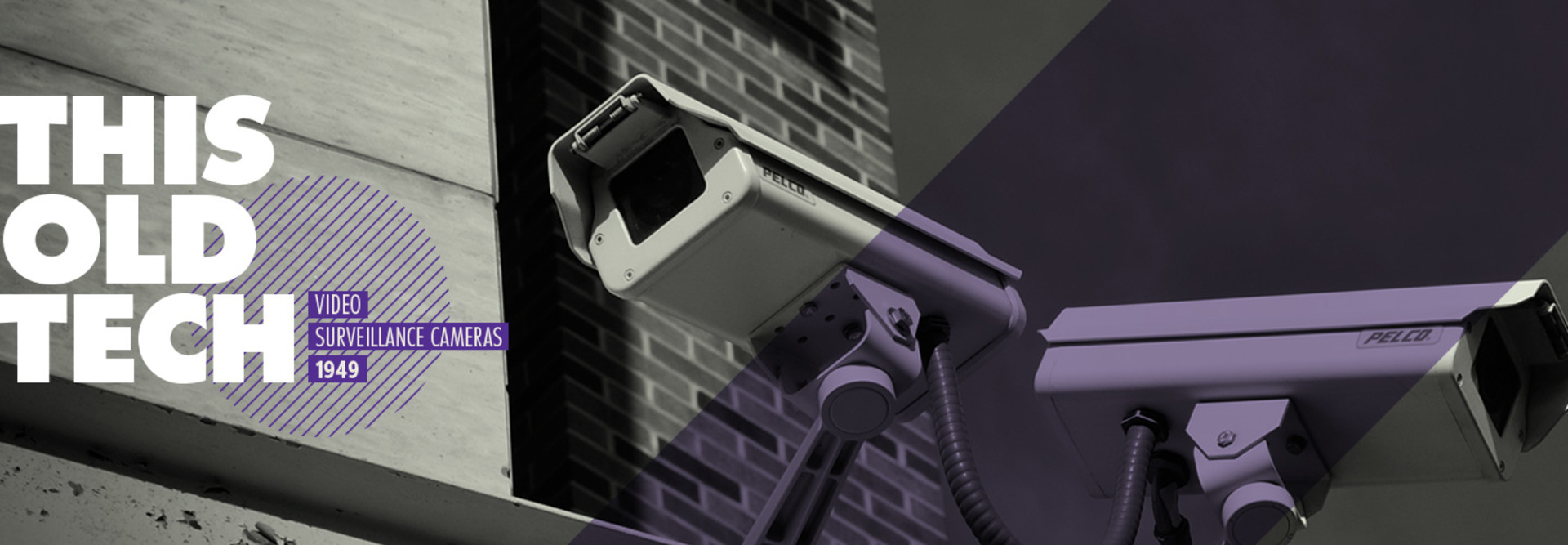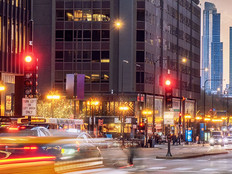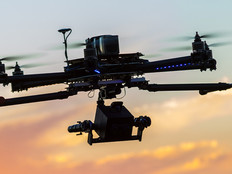How Surveillance Cameras Evolved from Curiosity to Ubiquity
In a city like New York or London, closed-circuit TV cameras, more commonly known simply as surveillance cameras, are so common they are almost a natural feature of the urban landscape, like street lights and crosswalks.
According to Stratistics MRC, the global video surveillance market stood at $19.51 billion in 2015 and is expected to reach $63.2 billion by 2022. It’s unclear how many surveillance cameras there are in the United States, but the number is growing. One estimate, from IHS Markit, predicted that the installed base of security cameras in North America was expected to grow from just 33 million cameras in 2012 to nearly 62 million by the end of 2016.
While there are clear privacy concerns with the growth of surveillance cameras, this growth is fueled by the numerous benefits they bring to these environments.
As StateTech reports, “IP-based video cameras can improve security, discourage people from committing crimes, provide first responders with situational awareness, help police solve crimes and serve as evidence to secure convictions.”
How did security cameras become so embedded in city life and public safety?
The History of Surveillance Cameras
The website of IP security systems company Kintronics notes that the first known use of closed-circuit TV was in 1942 in Germany to observe the launch of V2 rockets during World War II.
The first commercial use of the technology in the United States appeared in 1949, via a system called Vericon, and it was advertised as being “designed to keep an eye on dangerous industrial processes or bring a close-up of demonstrations and surgical operations to large numbers of students.” Video surveillance emerged in the 1970s as an industry with “a viable commercial technology to deliver safety and security,” Fredrik Nilsson writes in Intelligent Network Video: Understanding Modern Video Surveillance Systems.
As Nilsson notes, the first closed-circuit TV systems were completely analog, and each camera was connected by a coaxial cable to a VCR, with tapes inside the VCR recording up to eight hours of video. Eventually, a time-lapse mode was introduced to increase the capacity of tapes, with recording occurring every second, fourth, eighth, 16th or 30th second or frame. Although analog systems functioned well, there were limits in terms of salability and the need to have a VCR and manually change tapes, Nilsson says.
In the 1990s, the industry underwent several major changes. The first was the introduction of the digital video recorder, replacing tapes with hard drives. However, hard disk space was limited back then, Nilsson notes, leading many vendors to develop proprietary compression algorithms. Gradually, to benefit end users, most vendors abandoned this approach in favor of standard compression algorithms such as JPEG, MPEG-4 and H.264, according to Nilsson. DVRs delivered consistent recording quality and the ability to search quickly through recorded video, he notes.
In 1996, Axis Communications launched the world’s first IP-based camera, the Neteye 200. Video is transported over IP networks through network switches and is recorded to a server with video management software installed, Nilsson notes, making it an entirely digital network video system. IP networks can carry power to network cameras, transport information to and from the cameras’ output and input contacts, and can control the cameras’ ability to pan, tilt and zoom.
Additionally, IP cameras can be configured remotely, can transmit high-definition video, can be configured to transmit wirelessly and can use edge computing and processing, among many other advantages, according to Nilsson.
IP cameras, especially when coupled with large video displays that show the camera feeds, can empower public safety agencies to make decisions faster and improve the safety of the communities they serve. IP-based cameras can also help cities monitor traffic patterns more readily and decrease crash rates. According to IHS Markit, 62 percent of all security cameras shipped in 2017 were network cameras.
Where is the surveillance market headed? Like much of the technology world, artificial intelligence is starting to filter into the market. “Deep-learning-enabled recorders and servers, a new category this year, are an important element in powering what many expect to be the next generation of video analytics using artificial intelligence,” IHS Markit noted in 2018.
"This Old Tech" is an ongoing series about technologies of the past that had an impact. Have an idea for a technology we should feature? Please let us know in the comments!









